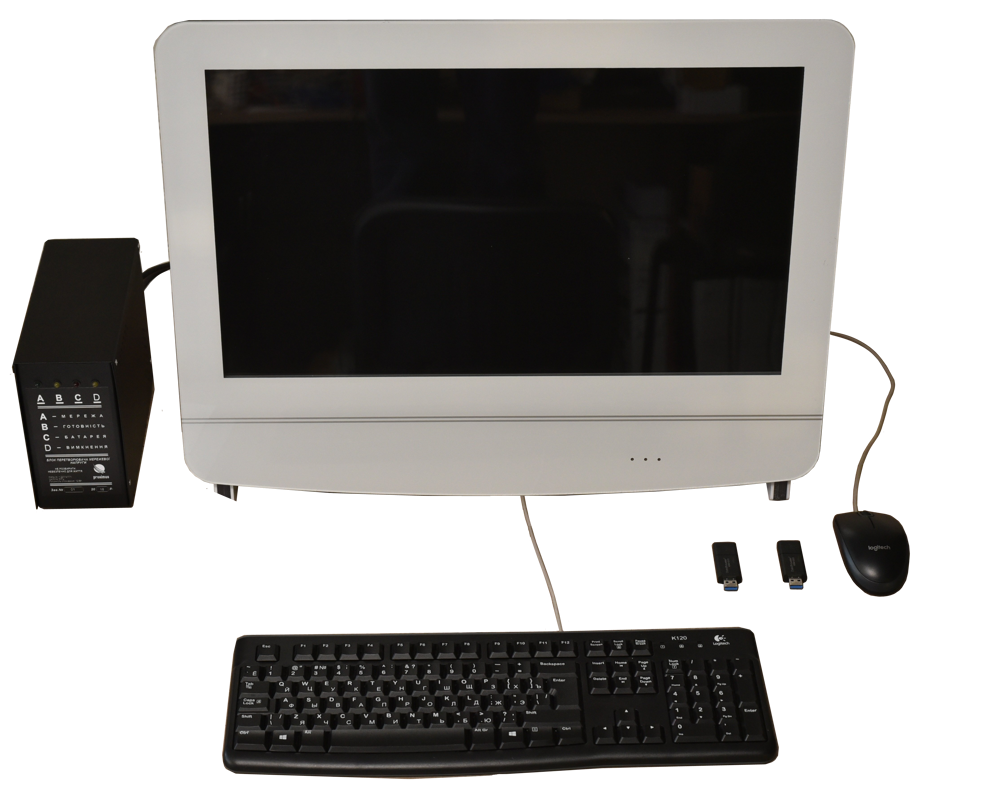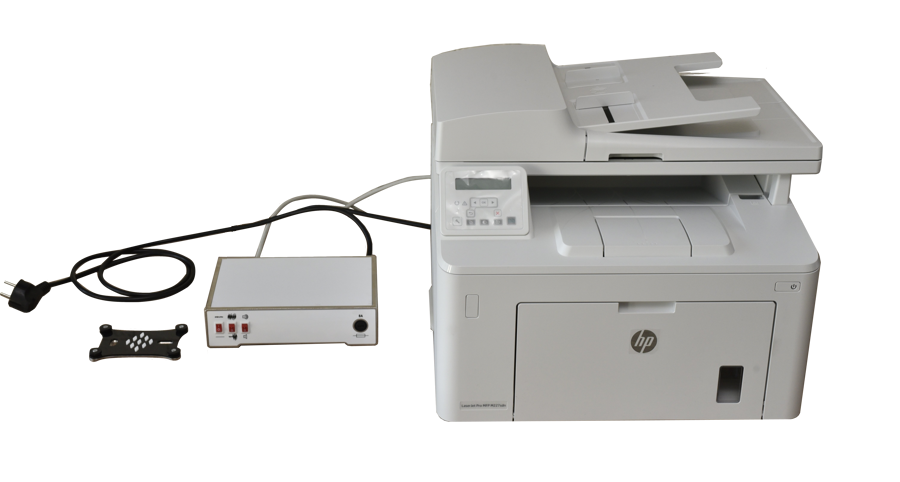In today's digital landscape, the protection of sensitive information is becoming increasingly critical. With the growing use of technology, the need for effective security measures has never been more apparent. While traditional security measures have been effective in many cases, they may not be enough to protect against the threat of electromagnetic-based attacks.
The development of more accurate and less expensive measurement devices, high-performance computers, and larger storage devices has led to the expansion of the threat of advanced attacks at the physical level beyond military and governmental spheres to commercial products. This is where electromagnetic information security comes into play.
Electromagnetic information security involves compromising security measures in the physical layer through electromagnetic radiation. Electromagnetic radiation is invisible, which makes it a serious threat. Information leakage and interference caused by electromagnetic radiation can lead to significant security breaches, making electromagnetic information security a crucial aspect of information security.
Protected Automated Workplace (PAW) is a technical means of protecting information, designed for use in special communication objects and other information activities, as an independent workstation or as a component of automated systems for processing restricted access information. This includes data, texts, sound signals, moving and static images of any detail.
PAW has special qualities that enable its use in objects equipped with information leakage-unprotected power grids and grounding systems that may have direct access beyond the controlled area, in the presence of external acoustic fields that are carriers of restricted access information, as well as intentional or unintentional influence on PAW components by external high-frequency electromagnetic signals.
The construction of the protection system for PAW components against information leakage due to side electromagnetic radiation and induction is based on the application of passive and active protection technologies.
Passive protection technologies minimize hazardous radiation emission and induction levels through general electromagnetic shielding.
Active protection technologies create environments in which hazardous signals are propagated. This includes the surrounding space, power supply and grounding circuits of PAW, electromagnetic and current interference.
The active protection system continuously monitors the operability of protective interference formation units. It generates acoustic warning signals and blocks the possibility of operating PAW components in case of unacceptable deviations of automatically controlled parameters.

